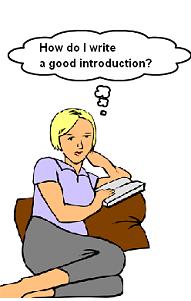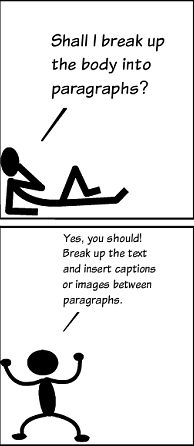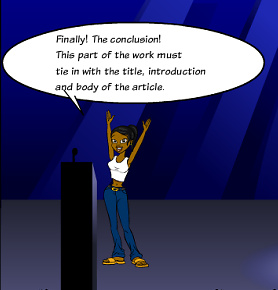How to write sensational articles, hubs and other website content

Introduction to writing sensational articles
If you want to know how to write sensational articles or hubs, then you have come to the right place. In this hub, I will outline extremely useful tips that will help you get your website visitors to read your content from start to finish. Writing is not an easy task for some therefore it is important that people who find your hub or article read your entire content so as not to waste your hard work.
If you want some advise on how you can find ideas, then check my hub on where to get ideas for writing a high quality hub or article!
How do you go about writing sensational articles?
A successful sensational article has 4 main components - the title, introduction, body and conclusion. But before we delve into these components, I would like to state that before you even consider writing down your title you need to do some keyword research first.
Read my hub on how to keyword research properly to learn why this part of the research process is extremely important.


Component 1: Title
The hub or article title is the first thing a person will see. Depending on where people find your content, they will most likely see only the title as well as a brief description or summary of your article (if you have it). If you have not specified a summary, then the first few lines of the introduction will be displayed.
Before people click through to read your content, they will read or scan your title and determine in a split second if it is relevant to what they are looking for. If it does, then they read your content. If not, then they move on to the next article that catches their attention.
Title tips:
- Use trigger words like “how to”, “top 10 ways of”, “benefits of”, “reasons why”, “guaranteed”, and “discover”.
- You can go to social bookmarking sites such as digg.com and reddit.com and browse the most popular articles that people are sharing. More often than not these are the articles with eye-catching titles.
- Insert your keyword or keyword phrase in the title. This should match what people are looking for. Use a keyword tool to determine the best keyword phrase to use for your title.

Component 2: Introduction
After the title, the introduction is the next section of your article that visitors read. This gives them an insight into the kind of content they can expect to read in the body of the article or hub therefore you have to make this as interesting as possible. One paragraph should be enough for a good and interesting introduction.
Introduction tips:
- For SEO purposes, it is highly recommended that you insert your main keyword in the introduction, preferably in the first sentence. This helps the search engines determine if your content is relevant to the keywords you are using.

Component 3: Main Body
The body of the article is the ‘meat’ of the content. Your title and introduction has been interesting enough for them to reach the main body of your article therefore you have to make sure you deliver what you have promised you will deliver.
Main body tips:
- Make the content as interesting as possible - DO NOT write a single block of text or your visitors will leave your hub or article without any hesitation!
- Depending on the topic and the depth you want to cover, you may need to write anywhere from a few to several paragraphs to discuss your topic.
- Put subheadings for each paragraph and highlight it in bold font. This way your readers know what each paragraph will discuss.
- Break up the text with images to liven up your hub or article!

Component 4: Conclusion
This should highlight the main points you have discussed in the hub or article as well as a call to action on what you want your readers to do. For example, if you are promoting a product you might want to invite them to buy your product. If you want to get their feedback then ask your visitors to write their comments.
Conclusion tips:
- You can summarize what your article has discussed in a single paragraph.
- You can add a second paragraph for your ‘call to action’ and encourage your readers to do whatever it is you would like them to do - buy your product, leave comments, etc.
Last word of advice
I’ve given you some tips on the best way to write sensational articles. All that’s left now is for you to start researching for a suitable topic and then checking and re-checking your work to make sure it is at least coherent and people will understand what you are trying to convey to them.
If you want to share your ideas on how to write sensational articles or hubs, then please feel free to use the comments form below. I would love to hear your thoughts!








